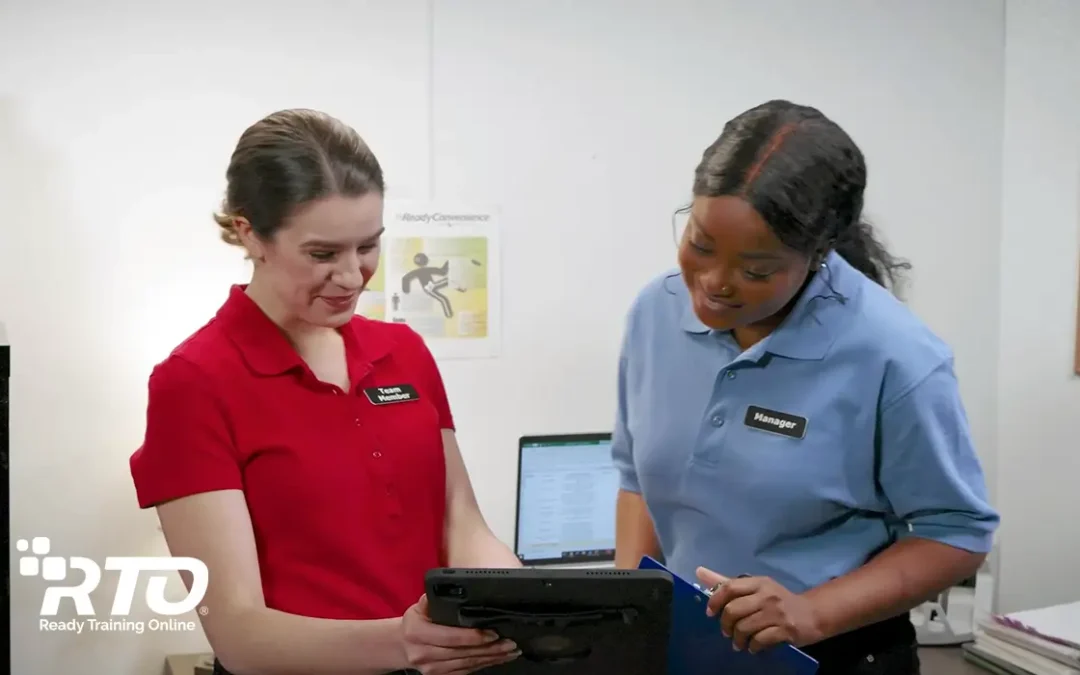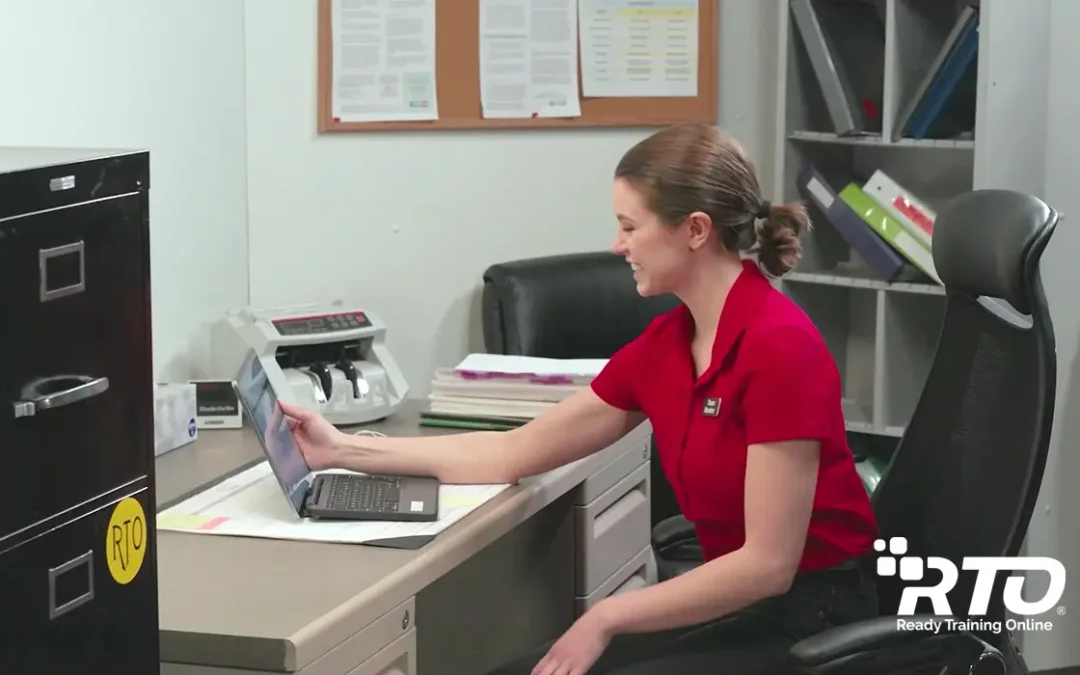Having an open door policy as a manager is an easy way of telling your employees, “I value your input and want to hear from you.” As more people work remotely, the term “open door” is less literal these days than it has been in the past. The purpose is the same, though. Having an open door policy simply means that you make yourself easily available to employees and ensure they know how to reach you in your office, on the phone, through company message platforms, or by text message.
Manage Your Open Door Policy
Communication is important in any workplace, and making sure people know you’re available to them is part of being an effective leader. Open door policies can backfire, however, if you don’t manage them well. First, let’s face facts. Sometimes, an open door becomes a revolving door of people who end up sabotaging your time management strategy. To get through everything that needs to be done in a day, you may need large chunks of uninterrupted time. Having an open door policy doesn’t mean you have to be available to everyone all the time. It’s okay to schedule times when employees are welcome to reach out to talk and other times when you don’t want to be interrupted.
Once your set some parameters around your available hours, it’s up to you make sure that when one of your employees needs to talk to you, the time you spend together is effective. Follow these tips:
Be prepared. Of course, you don’t know what issue an employee will bring to you, but some conversations will require you to follow specific steps. For example, if someone needs to talk to you to report sexual harassment or voice concerns about workplace safety, you need to know how to handle these issues swiftly and in accordance with company policy.
Pay attention. Listen more than you speak. Stop what you’re doing. Turn off distractions. Face the employee, make eye contact, and use positive body language to let them know you’re engaged and interested.
Ask questions. The aim of questions is not to interrogate employees or put them on the defensive, but to have them provide more details and work toward a solution. Try questions like, “What could have been done differently to affect the outcome?” “What end result are you looking for?” And maybe the most important question of all: “How can I help?”
Look for bigger implications. Sometimes, an employee may share a minor concern with you that is indicative of a bigger problem. For example, if the issue revolves around something that was just discussed in a meeting, maybe that meeting wasn’t effective. Or a concern may indicate you need to revise policies or work on strengthening your team overall.
Make a plan for follow up. Before that employee walks out your open door, clarify what the next steps are for both of you. If you say you’re going to investigate a concern or make a change, do it. Nothing will undermine your open door policy quicker than broken promises.
Leadership and the Culture of Convenience
Leaders who create a culture of convenience are able to improve communication with their team and streamline to increase everyone’s productivity. Get weekly ideas on how to make your job easier through the Culture of Convenience podcast. Listen now!





